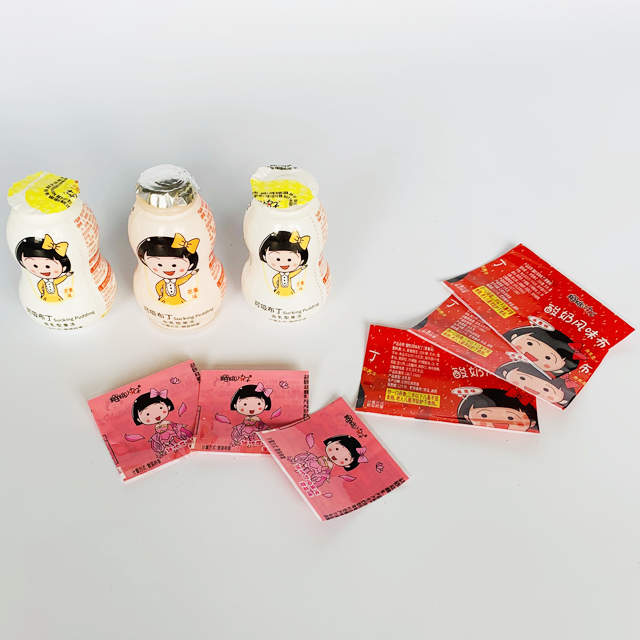Views: 0 Author: Site Editor Publish Time: 2025-05-23 Origin: Site









Shrink sleeve labels are gaining popularity in the packaging industry. They are the most flexible way to label products. Many companies are now using them to boost their brand visibility. This article will discuss the benefits of shrink sleeve labels. It will also present the latest trends in this packaging type.
Overview of the global shrink sleeve label marketBenefits of shrink sleeve labelsLatest trends in shrink sleeve labelsConclusion
The global shrink sleeve label market is projected to grow at a CAGR of 5.3% from 2021 to 2028. This growth is driven by the increasing demand for flexible packaging solutions. The market is segmented by type, application, and region.
Polyvinyl chloride (PVC) is the largest segment of the shrink sleeve label market. It is used for a wide range of applications, including food and beverage, personal care, and household products. The Asia Pacific region is the largest market for shrink sleeve labels, accounting for over 50% of the global market share.
The growth of the shrink sleeve label market is also driven by the increasing demand for eco-friendly packaging solutions. Shrink sleeve labels are made from recyclable materials and can be easily removed from products, making them a more sustainable option compared to other types of labels.
Shrink sleeve labels provide 360-degree decoration for products, allowing for maximum design flexibility and creativity. This results in increased shelf impact, as the product stands out on the shelf and catches the eye of consumers. The labels can conform to any shape, providing a seamless and professional look that enhances the overall appearance of the product.
Shrink sleeve labels not only provide decoration but also protect the product from tampering, contamination, and damage. The labels tightly shrink around the product, creating a secure seal that keeps the product safe during storage and transportation. This added layer of protection gives consumers peace of mind and helps to maintain the integrity of the product.
Shrink sleeve labels are a cost-effective packaging solution for businesses. They are made from lightweight materials, which reduces shipping costs and minimizes environmental impact. The labels are also easy to apply, saving time and labor costs. Additionally, shrink sleeve labels can be used on a wide range of products, making them a versatile and economical choice for packaging.
Digital printing technology is revolutionizing the packaging industry, and shrink sleeve labels are no exception. This technology allows for high-quality, vibrant prints with intricate designs and details. Digital printing also offers greater flexibility and customization options, making it easier for businesses to create unique and eye-catching shrink sleeve labels.
As sustainability becomes a top priority for consumers and businesses alike, the demand for eco-friendly packaging solutions continues to grow. Shrink sleeve labels made from recycled materials, such as post-consumer recycled (PCR) PET, are becoming increasingly popular. These labels not only reduce environmental impact but also maintain the same quality and performance as traditional shrink sleeve labels.
Shrink sleeve labels are not just for bottles anymore. Businesses are finding innovative ways to use shrink sleeve labels on a variety of products, such as jars, cans, and even food items. The versatility of shrink sleeve labels allows for endless possibilities when it comes to packaging and labeling products.
Shrink sleeve labels offer numerous benefits for businesses, including increased shelf impact, enhanced product protection, and cost-effectiveness. The latest trends in shrink sleeve labels, such as digital printing technology, eco-friendly materials, and innovative label applications, are helping businesses to stay competitive in the ever-changing packaging industry. As the demand for sustainable and customizable packaging solutions continues to grow, shrink sleeve labels are sure to play a key role in the future of packaging.